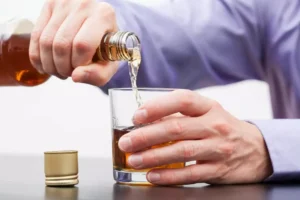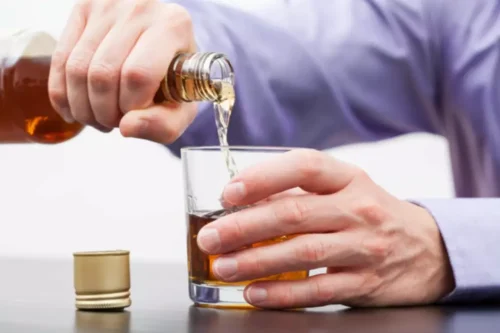
Treatments for CUD seem to target aspects of the binge-intoxication, withdrawal-negative affect, and preoccupation-anticipation stages described by Koob and Volkow (2016). To help a patient move along the stages of change in their journey. For many of our patients, they’re not even thinking about quitting cannabis. And so just putting it on their radar with that general screening, as I mentioned, will make a difference. It is also important to note that if they’re struggling with something else, as I mentioned, there’s other diagnoses that folks may have, but another one that’s really near and dear to my heart is tobacco use. And that’s really where the DSM is useful because essentially for every substance, it’s the same criteria.

A pathway to abuse
Unfortunately, some prescription medications can be addictive, and medical marijuana can also lead to cannabis use disorder. According to a study from the Massachusetts General Hospital, medical marijuana can lead to cannabis use disorder.9 The highest risk came from the people who use medical marijuana to relieve anxiety and depression. The debate between which drug is worse than the other has been a significant argument between alcohol and cannabis users for decades. The reality is that both pose significant risk, especially to young people.
- Plus, pediatricians and others have long said that marijuana can impair brain functions in people under the age of 25.
- The latter data supports the addictive model of cannabis as insula activation may serve as a biomarker to help predict relapse (Filbey et al. 2016).
- The brain may become resistant to the effects of the drug in an effort to protect itself, so that next time the person uses the drug, it doesn’t have as strong an effect.
Remember That Time the Cops Stabbed Barney in New York City?

The next breakthrough in addiction treatment could be just around the corner. Though I was in a new environment, with new friends and countless novel experiences, I experienced everything as bland beyond belief. However, about three months into my new drug-free life, I was walking along a street in Minneapolis and nearly fell to my knees, struck by what is alcoholism the brilliance of the fall foliage. All around me were a million bright oranges, reds, yellows, and greens; I must have felt the way the first viewers of movies in Technicolor did.
Koob GF. Alcohol Use Disorder Treatment: Problems and Solutions. Annual Review of Pharmacology and Toxicology

But also includes other things that I really like to check in with the patient about. What this does is it helps a patient who’s using cannabis and may not even have come in to see me for cannabis use disorder, but it helps them to start thinking about how cannabis is affecting their lives. Key to navigating this is building a robust set of healthy coping mechanisms for stress, anxiety, and life’s larger hurdles, which can significantly reduce the appeal of turning to substances for relief. While abstaining from use altogether is a foolproof method to avoid addiction, it’s recognized that https://ecosoberhouse.com/ some individuals may still want to casually use cannabis without developing a dependency. Detoxification is a crucial first step in treating CUD, designed to safely manage withdrawal symptoms as the body clears itself of THC.

Unmasking the Green Monster: What is Weed Addiction?
Brief ketamine exposure causes long-term suppression of futility-induced passivity, reversing the “giving-up” response. Maybe this effect explains the black market for ketamine in self-treating depression, anxiety, OCD, and burnout. The authors also tested other fast-acting antidepressants like psychedelic compounds, finding ketamine-like effects. Staying informed can be life-saving, empowering, and transformative. My intention is not to present an ordered ranking but to share insights into research most likely to resonate with and benefit individuals navigating the complexities of addiction and recovery. The study has a pretty small sample size, with participants in only the early stages of experiencing psychosis, for which long-term outcomes can vary widely.
- Another possibility is that marijuana users who become misusers have a dopamine system that’s naturally less responsive, making them more vulnerable to abusing the drug.
- In further studies, scientists hope to explore whether these observed brain changes can help predict psychosis development and potentially enable earlier intervention.
- This is important, because substance use disorders (SUDs) remain a global challenge, profoundly affecting individuals, families, and communities.
An update on cannabis use disorder with comment on the impact of policy related to therapeutic and recreational cannabis use. European archives of psychiatry and clinical neuroscience, 269(1), 73-86. If you’ve recognized the signs of marijuana addiction in why is weed so addicting yourself or a loved one, don’t despair.
What I wish I knew in residency about life in group practice
Second only to alcohol, cannabis is the most popular and widely used drug in the United States. According to the National Survey on Drug Use and Health, 95 million Americans age 12 and older have tried pot at least once. By 2001, the proportion of under-18 users had increased by 67% since the 1960’s. Researchers attribute this to the significant increase of pro-drug messages in multimedia venues.